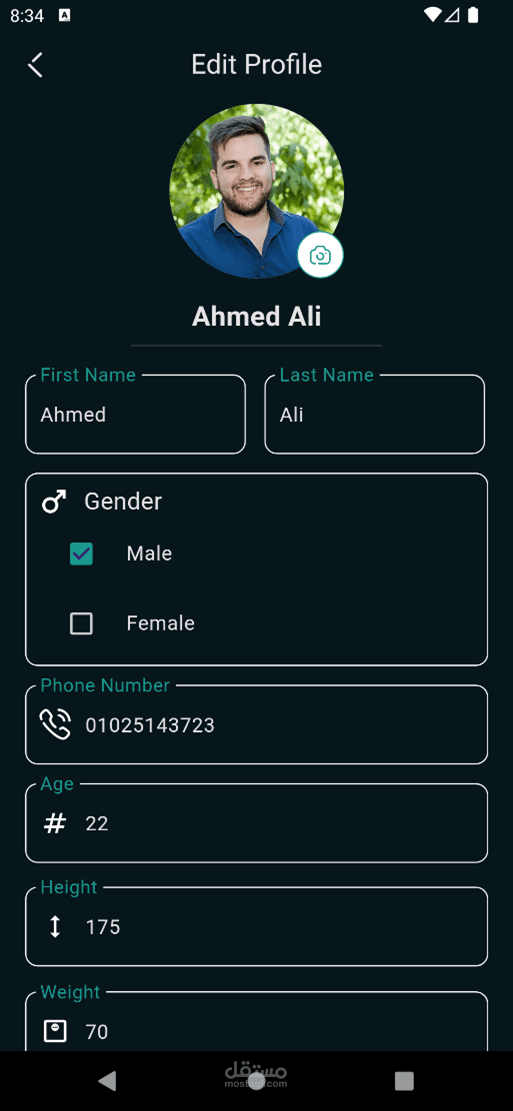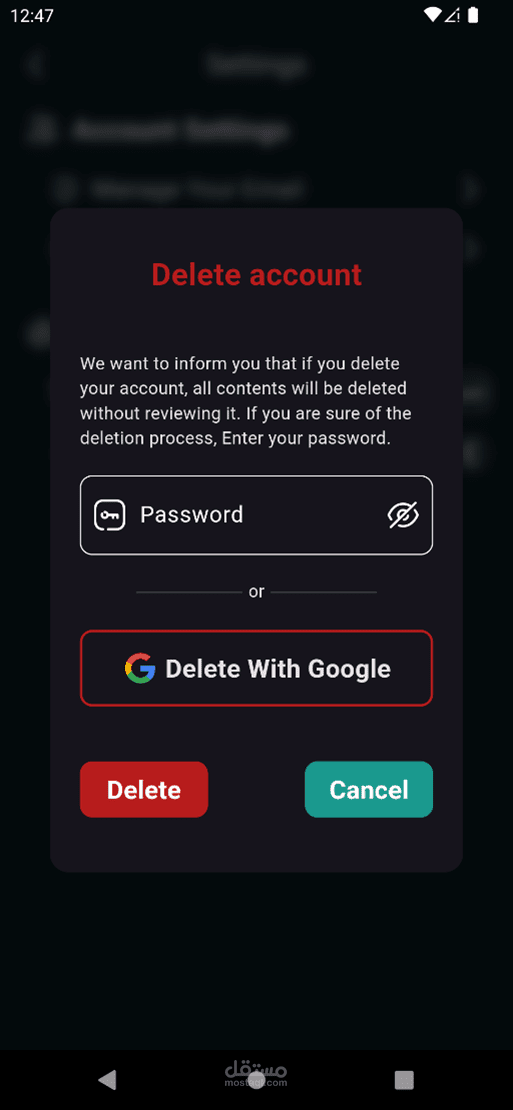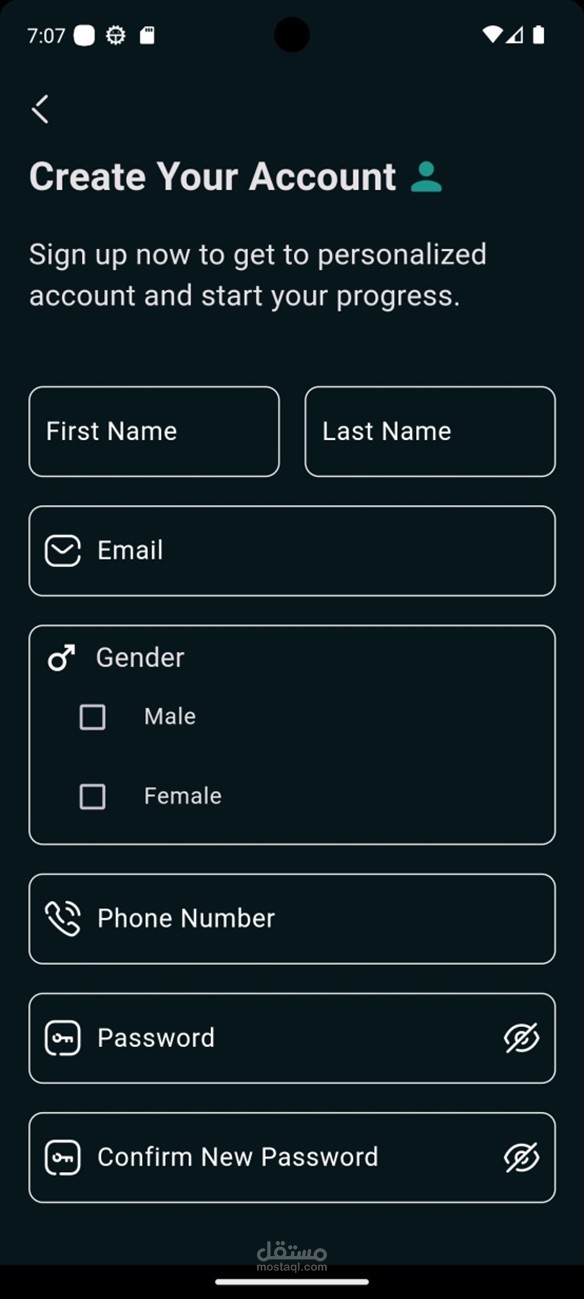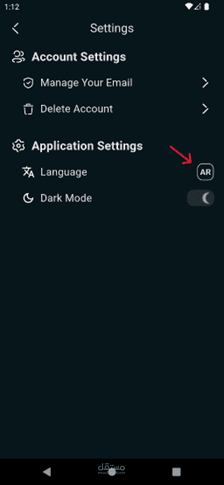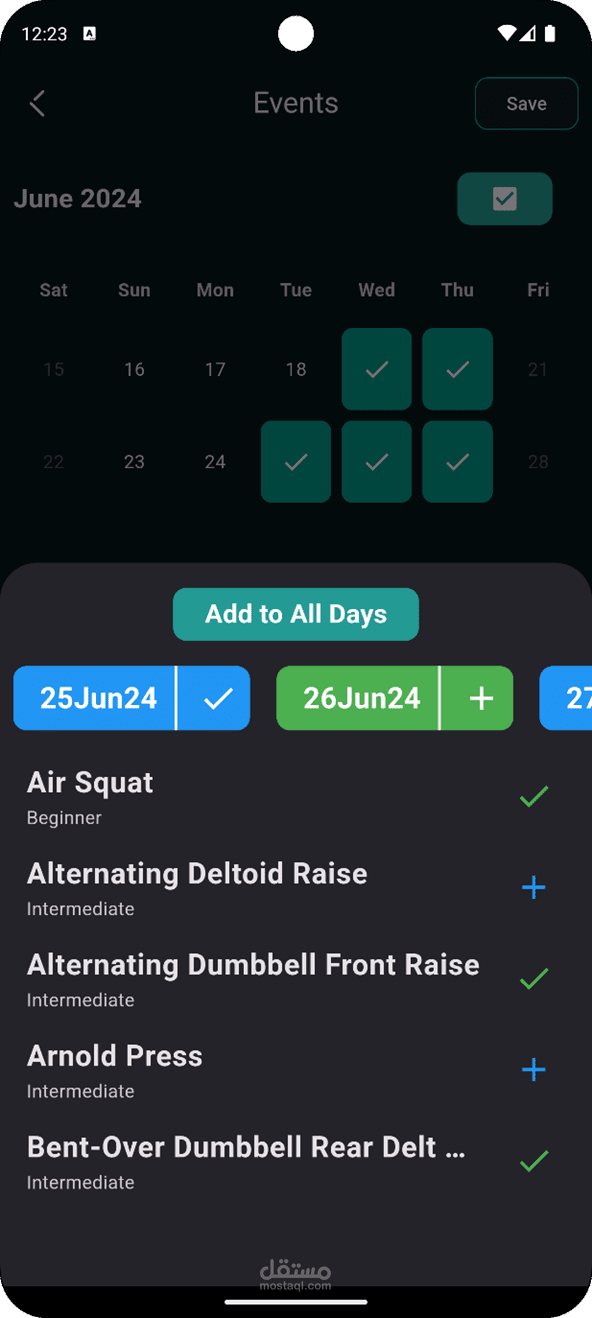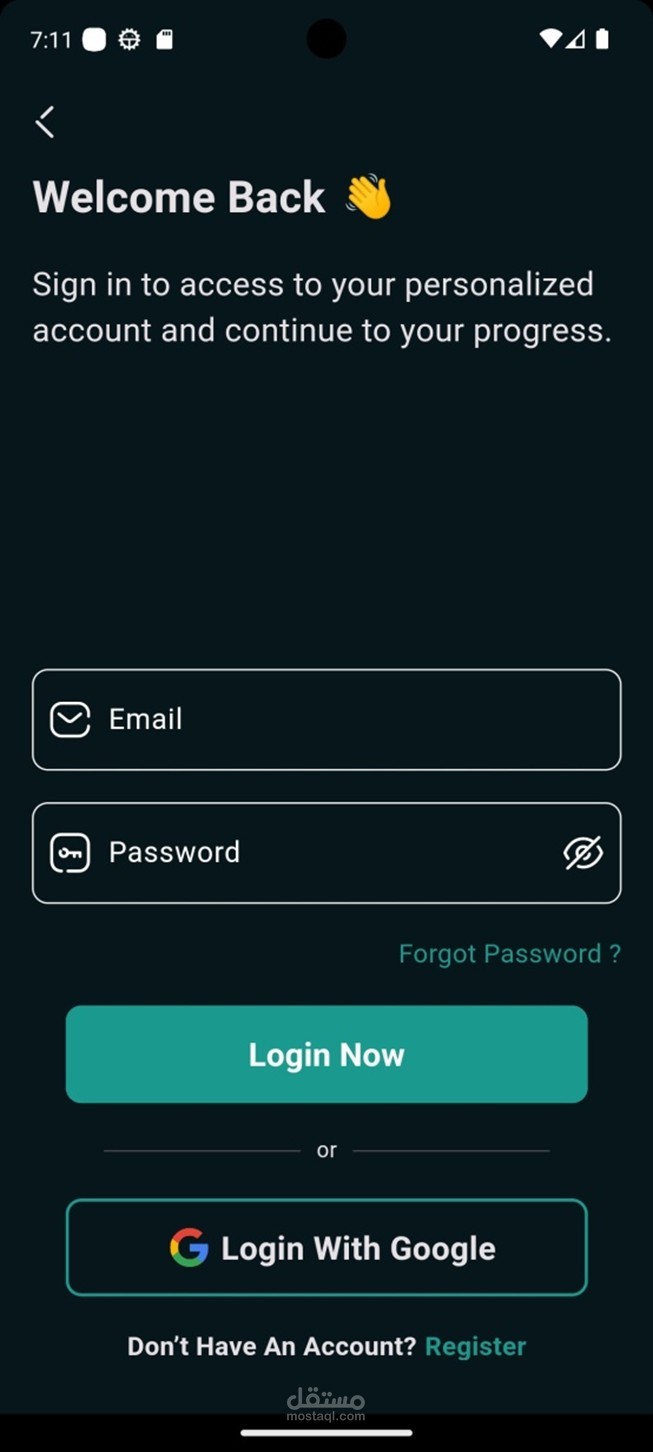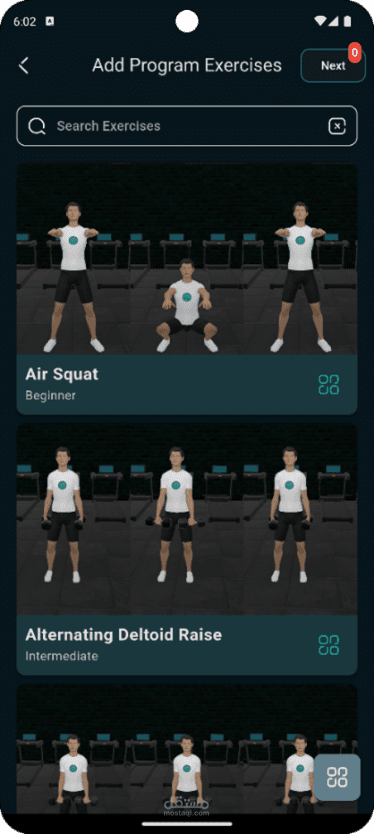Phlex
تفاصيل العمل
Phlex
The project aims to make physical therapy more interactive, personalized, and effective. It bridges the gap between patients and treating physicians, facilitating continuous monitoring and adjustment based on real-time data and patient performance. This innovative application not only enhances the rehabilitation experience but also empowers patients to play an active role in their recovery journey.
The app is designed to be user-friendly and accessible, offering a seamless interface for both doctors and patients. It allows physical therapists to create customized training programs tailored to each patient's individual needs. These programs include a variety of exercises, each targeting specific parts of the body. Doctors can track the patient's progress over time, provide instant feedback, and communicate directly with patients through the integrated chat feature.
On the other hand, patients can easily access their personalized exercise programs via the app. The exercises are demonstrated using 3D videos, ensuring patients understand the correct form and movements. When the patient begins performing the exercise, the camera activates, and the posture detection system starts monitoring their movements.
To ensure accuracy, the system compares the patient's movements in real-time with the predefined correct postures extracted from the 3D videos. The doctor can customize these angles to suit the patient's needs, depending on the injured part of the body, allowing exercises to be performed using the right, left, or both sides of the body. The comparison process includes a degree of flexibility to accommodate slight deviations.
The app also includes several supporting features to enhance the exercise experience:
* Repetitions and Sets: Each exercise is assigned specific repetitions and sets.
* Posture Timing: Each posture in the exercise has a designated time to be maintained, displayed on the screen via a timer.
* Progress Tracking: The system monitors and records the duration of maintaining each posture, providing data on the patient's progress.
* Breaks: Includes breaks between sets and switching between body parts to ensure an organized exercise routine.
* Visual Illustration: Marks and angles are visually represented on the screen, along with progress indicators like completed repetitions, current posture, and timer.
* Data Analysis: Collected data is used to analyze the patient's progress, providing insights on exercise completion, time spent in each posture, and posture accuracy.
